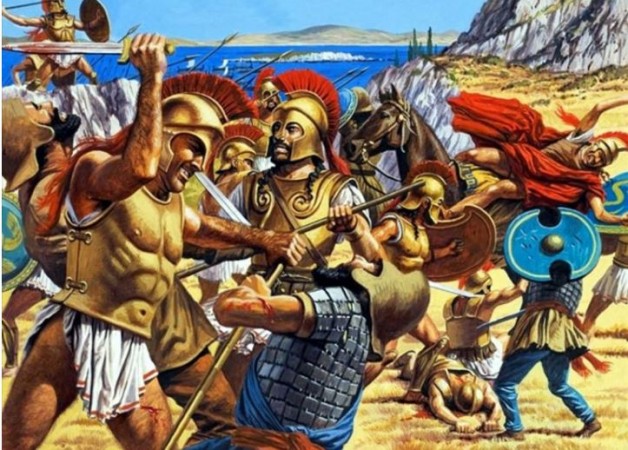
The Parsi community, also known as the Zoroastrians, is a unique and resilient group with a history that spans over a millennium. The story of the Parsis is intertwined with their migration from Persia (now Iran) to India, their contributions to Indian society, and the transformation of their homeland from Persia to Iran. To understand this journey, we must delve into the history of the Parsi community and the political and cultural changes that took place in Persia.
The Origins of the Parsis:
The Parsis are followers of Zoroastrianism, one of the world's oldest religions. Zoroastrianism was founded by the prophet Zoroaster (or Zarathustra) in ancient Persia around the 6th century BCE. It became the dominant faith in the region and was the state religion of the Persian Empire, influencing Persian culture and society.
The Arab Conquest:
The significant turning point for the Parsi community came in the 7th century CE when Persia was conquered by the Arab Muslims. This conquest led to profound cultural, religious, and social changes in Persia. Under Muslim rule, Zoroastrianism faced persecution and declined as the Arab conquerors promoted Islam.
The Flight from Persia:
Faced with religious persecution, many Zoroastrians chose to flee their homeland in search of religious freedom and safety. The exact dates of the Parsi migration are debated, but it is believed to have begun around the 8th to 10th centuries CE. The Zoroastrians who left Persia embarked on perilous journeys by sea, hoping to find refuge in foreign lands.
Arrival in India:
One of the primary destinations for the Parsis was the western coast of India, particularly the region that is now the state of Gujarat. The local Hindu king, Jadi Rana, offered them asylum. The Parsis, grateful for the hospitality, integrated with Indian society while maintaining their distinct religious and cultural identity.
Contributions to India:
The Parsis went on to make significant contributions to India in various fields. They excelled in trade, industry, and education. They established successful businesses, particularly in textiles, and played a vital role in the economic development of the region. They also founded educational institutions and philanthropic organizations that continue to benefit Indian society.
Transformation of Persia into Iran:
The name change from Persia to Iran is a pivotal aspect of this historical narrative. The transition took place during the early 20th century. In 1935, the government of Iran officially requested that the international community use "Iran" as the official name of the country, marking a shift from the historical term "Persia." This change was motivated by a desire to promote a sense of national identity and unity.
Legacy and Cultural Preservation:
The Parsi community has worked diligently to preserve its unique cultural and religious heritage in India. The construction of fire temples, the practice of rituals, and the safeguarding of ancient Zoroastrian texts have been central to their efforts.
The story of the Parsis, their flight from religious persecution in Persia, and their harmonious integration into Indian society serves as a testament to the resilience of human communities in the face of adversity. Additionally, it highlights the enduring influence of the Parsis on India's social, economic, and cultural fabric. Furthermore, the transformation of Persia into Iran represents a significant moment in the modern history of the region, reflecting a shift in national identity.
Crusades: The Religious Wars that Shaped History
Inhabitants of Jerusalem: The Canaanites, Jebusites, and Israelites
Italian Prime Minister Giorgia Meloni Announces Separation from Partner Amid Controversial Remarks